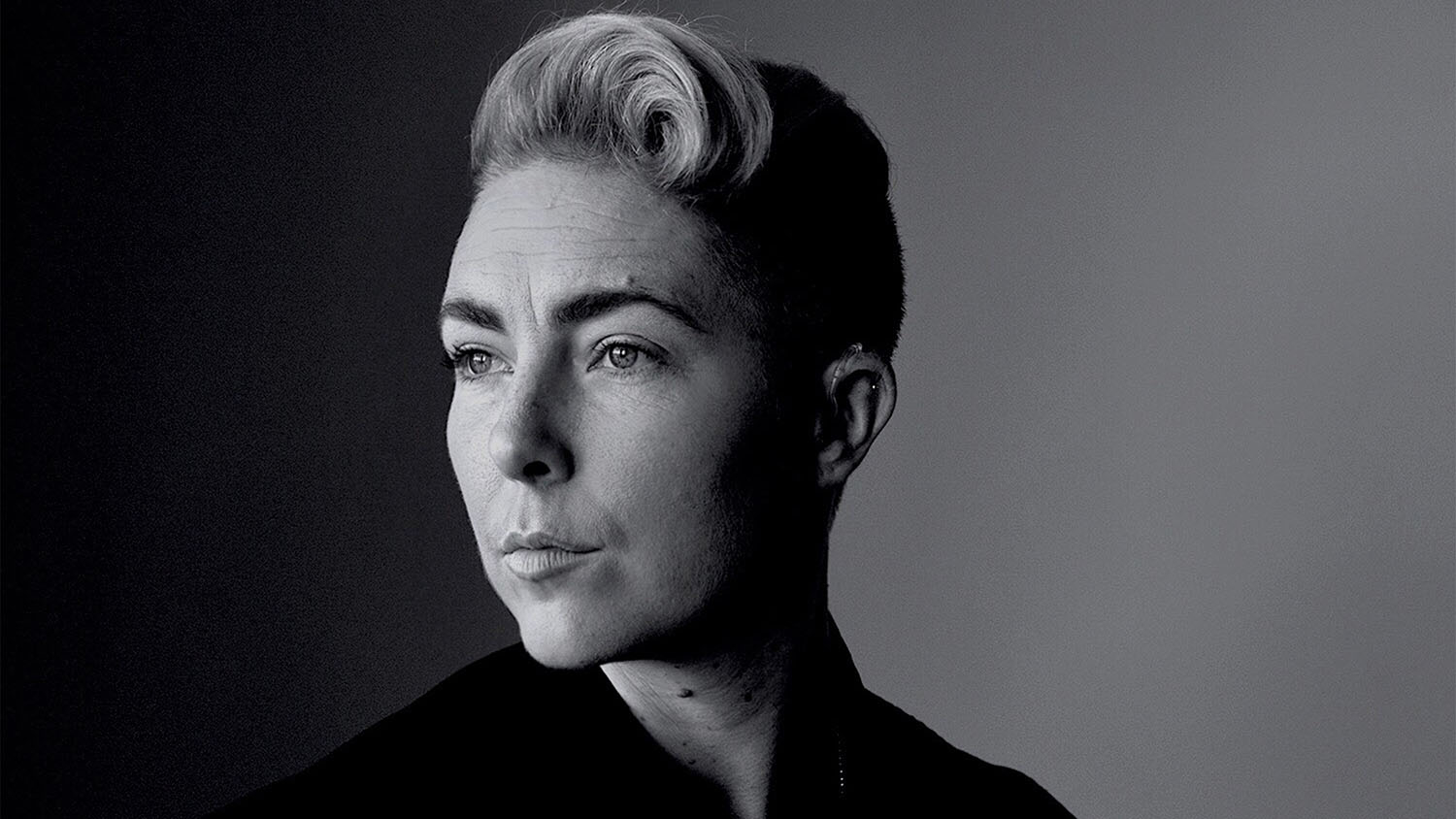Going Mainstream
Chatham County builder Will Johnson steps fully clothed into the huge shower in the master bathroom of his Pittsboro home. He’s there to make a point.
“A lot of people think of the word ‘institutional’ when they think about accessible design,” he says, sitting down on a bench inside the shower. “But this is upscale. Any house I live in has to have a bathroom like this one.”

Johnson designed and built the shower and adjoining tub to make them easily accessible for anyone, even a person with limited mobility. The big glass door opens wide to accommodate a wheelchair and the threshold features little more than a slight ridge – not a big step that could be a stumbling block, literally, to people who are unsteady on their feet. The bench in the back of the shower is ideal for a person who can’t stand, and it has handy shower controls within easy reach.
The spacious shower/tub is one of a score of features Johnson built into the house that follow the principles of universal design – a field that was almost unknown a decade ago.
“Universal design is for everybody, regardless of their abilities or age or shape or stature,” says Dr. Nilda Cosco. “It’s a design that tends to accommodate most skills and needs over time.”
We Are All Different
Cosco is the director of the Center for Universal Design, a national information, technical assistance, and research center at North Carolina State University. The center evaluates, develops, and promotes accessible and universal design in housing, commercial and public facilities, outdoor environments, and products. Its professional staff includes experts in architecture, industrial design, educational psychology, public health, and regulatory issues.
Since the pioneering center was founded nearly two decades ago, it has promoted the belief that all new environments and products, to the greatest extent possible, should be usable by everyone regardless of their age, ability, or circumstance.
“The philosophy is that we are all different and we need to have things that accommodate our needs in different ways,” says Cosco. “Environments have to be created that allow for a good quality of life and that accommodate people throughout the stages of their lives, from birth to maturity.”
He Was Just a Prisoner
Johnson turned to the center 11 years ago when his father suffered a debilitating stroke.
“My folks lived in a house in Chapel Hill with one bedroom upstairs and one small bathroom,” he explains. “After the stroke he was in a wheelchair and he just couldn’t get around the house.”

With information and assistance from experts at the Center for Universal Design, Johnson built his parents a new home, designed to accommodate his father’s limited mobility.
“They loved the house and it made so much of a difference in my dad’s life,” he says. “Otherwise he was just a prisoner.”
The experience impressed Johnson.
“That house was just as nice as any custom house I’ve ever built,” he says. “You wouldn’t know it was handicapped accessible. It was very pleasant to walk into a house with no steps. It was very inviting – a very easy transition.”
Hidden Features
When he built a new home for his family last year, Johnson incorporated many of the same universal design elements. The doorways in the house are three feet wide, providing ample room for people using wheelchairs or walkers. The bottom edge of the windows throughout the living room and dining room are just a foot off the floor, allowing an easy view of the back yard for virtually anyone, including young children and people who can’t stand.
Doorknobs, that could be difficult to turn for people with joint or muscle problems, are nowhere to be seen; Johnson installed designer handles instead. The entire design of the living space is open and inviting, with wide passageways, gradual slopes instead of steps, and easily accessible light switches and appliances.
But unless someone points out these features, you probably won’t notice them. They’re simply integrated into the overall look and feel of the house. Many of Johnson’s clients ask him to include universal design features in their new homes – after taking a tour of Johnson’s elegant craftsman-style home.
“This is the wave of the future,” Johnson says. “We’re all getting older – it’s the grim truth. I try to build homes where you can age in place.”

At the Center for Universal Design, the staff is eager to win over more builders like Johnson. Universal design – despite its advantages – is far from the norm in new home design.
“It’s difficult to break the patterns of construction,” Cosco explains. “Why not always have a curbless shower? It’s less expensive and it’s better for everybody. It will even add value to the home. But there are a lot of myths: that it is going to cost a lot of money, or isn’t cost effective.”
Educating the Next Generation
To counter these myths the center recently introduced a new universal design curriculum in the university’s College of Design, funded by a grant from the National Endowment for the Arts. The goal, says Cosco, is to educate a new generation of design professionals about the principles – and benefits – of universal design.
Richard Duncan, director of universal design training, says the center also works to educate the public about universal design concepts.
“The senior sector has adopted some of these principles, but people are not demanding universal design features in sufficient numbers to drive widespread change in the industry.”
Johnson agrees, noting that few of his fellow builders in the Triangle have embraced universal design.
“Universal design is not out there like green technology,” he says. “Until the public sees the value in it, builders aren’t going to do it.”
- Categories:


